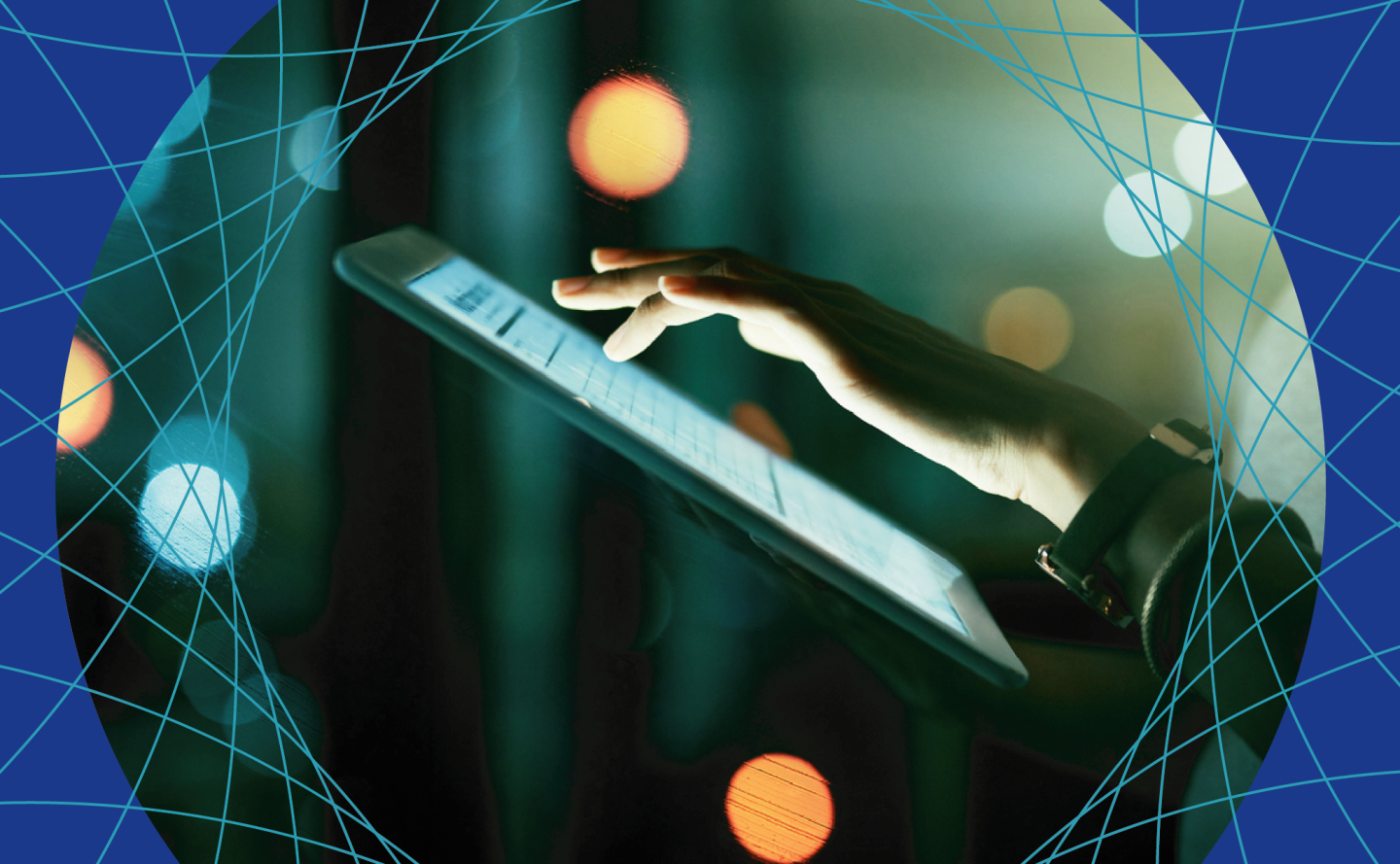Want to read the full report?
This report is available for individual purchase ($1495).
Forrester helps business and technology leaders use customer obsession to accelerate
growth. That means empowering you to put the customer at the center of everything you
do: your leadership strategy, and operations. Becoming a customer-obsessed
organization requires change — it requires being bold. We give business and technology
leaders the confidence to put bold into action, shaping and guiding how to navigate
today's unprecedented change in order to succeed.
